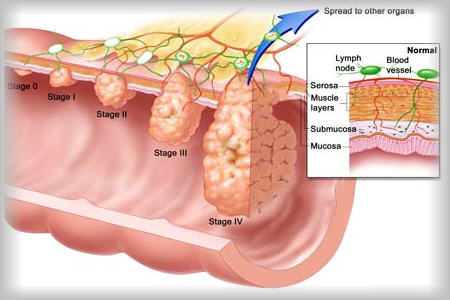
Bone cancer is an uncommon Cancer that begins in a bone. Bone cancer can begin in any bone in the body, but it most commonly affects the long bones that make up the arms and legs.
Several types of Bone cancer exist. Few bone cancers especially take place in children, while others mostly attack adults.
Types of Bone Cancer
- Osteosarcoma is the most common type of Bone Cancer, making up 35 percent of bone cancer cases. This Cancer affects primarily children and young adults between the ages of 10 and 25. Osteosarcoma often starts in the ends of bones, where new tissue forms as children grow. It arises most often in the knee.
- Chondrosarcoma one of the most common types of Bone Cancer in adults over age 50, form in cartilage. Usually around the pelvis, knee, shoulders, or upper part of the thighs. These cancers build up 26 percent of all bone cancer cases.
- Ewing’s Sarcoma occurs most often in the middle part of bones, arising most often in the hip, ribs, upper arm, and thighbones. This cancer just like osteosarcoma mainly affects children and adults around the ages of 10 and 25. Ewing’s sarcoma is responsible for 16 percent of bone cancer cases.
Rarer Bone Cancers
The following types of Bone Cancer are rare, and occur primarily in adults:
- Fibrosarcomas generally appear in the hip area or the knee. They can arise in older patients after radiation therapy.
- Adamantinomas usually occur in the shinbone.
- Chordomas found most often in the sacrum — the lower part of the spine, also known as the tailbone.
Causes
- Patients who have received radiation therapy (radiotherapy).
- People with a history of Paget’s disease.
- People whose parents or siblings has/had bone cancer.
- Individuals with hereditary retinoblastoma – a type of eye cancer that most commonly affects very young children.
- People with Li-Fraumeni syndrome – a rare genetic condition.
- Babies born with an umbilical hernia.
Treatments
- Surgery is used to remove the Bone Cancer itself. When operating to remove Bone Tumors, surgeons remove some of the surrounding Bone and muscle to be sure that they are removing as much cancerous tissue as possible. If the operation is on an arm or leg, the surgeon will try, as much as possible, to preserve the limb and maintain its functionality. Sometimes the removed bone will be replaced with another bone from any other part of the body, or with an artificial replacement or bone from the tissue bank.
- Radiation Therapy is most of the time given together with surgery, to destroy tumors or to reduce the size of the tumor. It may also use for destroying rest of the cancer cells that left after surgery. And also treat tumors that cannot be surgically removed. Sometimes used in combination with chemotherapy.
- Chemotherapy often used to treat Primary Bone Cancers, in conjunction with surgery. Generally given before surgery to ease surgery. And also after surgery to remove the remaining cancer cells in the body that left even after the removal of the main tumor.





